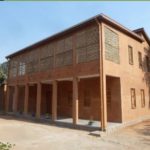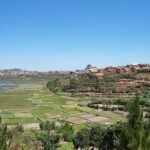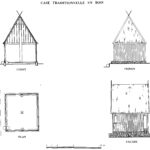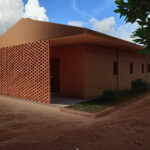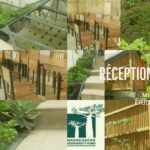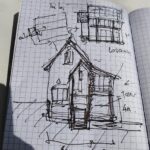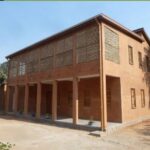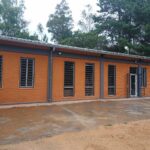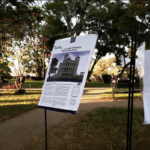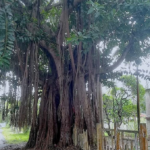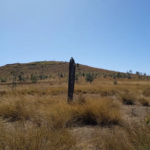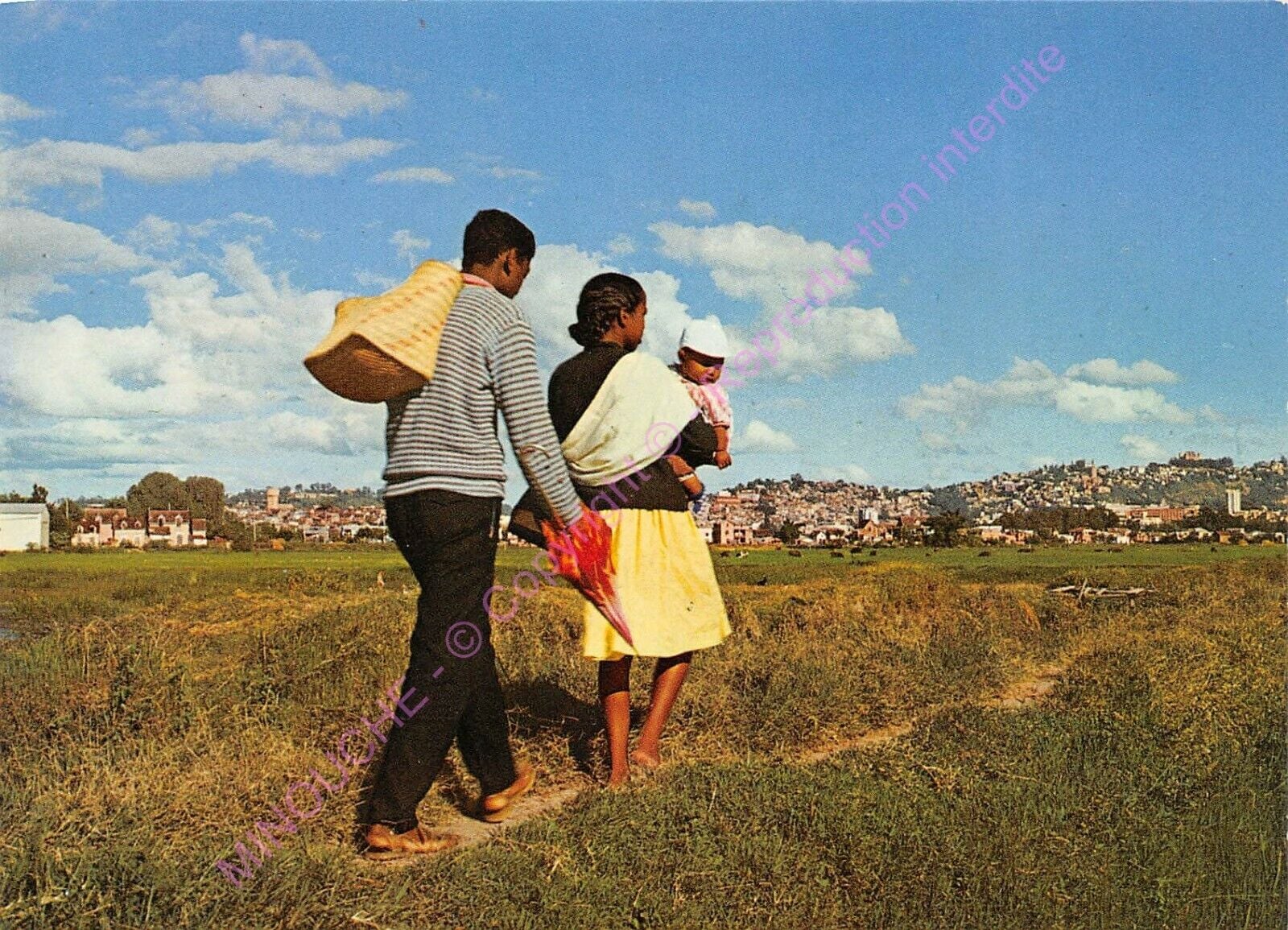
ceci est une collecte de stratégies, notions et procédures testées à travers le monde et dans l’Océan Indien
____________________________
Définitions
Participation Publique (Decision Making)
La participation désigne les procédures, démarches ou tentatives faites pour donner un rôle aux individus dans la prise de décision affectant la communauté ou l’organisation dont ils font partie. La participation, représentant tout à la fois l’outil le plus basique et le plus complet de la démocratie participative, consisterait ainsi à prendre part1.
Cette notion s’applique à de nombreux domaines variés :
- au niveau le plus général, ceux relevant de la gouvernance, de la démocratie participative, de la citoyenneté ou encore de l’écocitoyenneté ;
- à des niveaux plus restreints, ceux relevant de la gestion d’organisations, d’entreprises, d’associations ou de groupes de base.
– Wikipedia
________________________________________
Études de cas sur les projets d’aménagements urbains dans les zônes humides
Antananarivo, Madagascar
#ramsarbetsimitatatra

#placemaking
#antananarivo
#betsimitatatra
#ramsarbetsimitatatra
The hills are unsinkable/Vohitra tsy dibo-drano
Vanf Nasolo-Valiavo
February 2021
Hills, peaks, valleys, rice fields, swamps. Hills are for the living . Plains and valleys are suitable for cultivation. Rice fields are rice fields after all. Swamps, year-round swamps. This orderly procession was broken when General Gallieni laid the Soanierana-SoaRANO railway. Anosibe (an island surrounded by water), Ampefiloha (headwaters of the Andriantany river), Andavamamba (mamba, an aquatic animal), Antohomadinika (an mamba tree, as in the past), AnkorondRANO: the settlement of the low-lying areas that must be flooded on summer so that any definitive establishments are in vain thanks to the rain.
very not copy-past-able piece translated in plain Malagasy with the power of Google
Vohitra tsy dibo-drano https://lexpress.mg/18/02/2021/vohitra-tsy-dibo-drano/
______________________________________
MAMALAN-KIRA INDRAY VANF
Ritra ny rano
(…) Farihy, tobin-drano. Farihy, ho lakanina hitsangatsanganana. Farihy, hanamando ny rivotra rehefa iny migaingaina iny ny Masoandro. Fa tsy azo antsakaina mantsy ny «bypass» sy ny «rocade» ary ny «autoroute». Farihy, dobo, kamory. Zahatra, hono, no nitondra an-dRanavalontsimitoviaminandriana, anabavin’Andriamasinavalona, nampitohy an’Alasora sy Anosimanjaka. Ary ny lakam-piara misy fanarina ? Mba ho hitan’ny taranaka tahaka izay nataon’ny Razamben-dry Andrianerinerina, Andriandravindravina, Andrianoranorana, Andriandranolava, Andriamoraony…
______________________________________
Liens vers les posts https://www.facebook.com/hashtag/ramsarbetsimitatatra
Histoire d’aller plus loin et faire mieux que Colombo qui a reçu le WETLAND CITY ACCREDITATION en 2018 (5 600 000 habitants sur 37.31 km2 je suis certaine ils ont des Andalanitra et des quartiers huppés eux aussi), pourquoi ne pas étendre la protection RAMSAR sur au moins 50% de ses 300 km2 et quelques. Pour ceux qui ont pleins de choses à faire voici le lien pour le document de candidature mais sûrement j’ai des amis dans l’Environnement et l’Urbanisme qui voudront rejoindre l’effort et commencer le process.Lien https://rsis.ramsar.org/fr/ris/1464?language=frPour informations, Antananarivo abrite déjà un site classé RAMSAR. Le lac est propriété privée.Parc de TsarasaotraPays: MadagascarNuméro du site: 1464Superficie: 10,4 haDate d’inscription RAMSAR: 09-05-2005Coordonnées: 18°52’S 47°31’E(…) Sur les hauts plateaux malgaches, c’est le seul site connu pour accueillir le crabier blanc (Ardeola idae) en danger et l’on y trouve aussi le canard de Meller (Anas melleri) en danger et le grèbe malgache (Tachybaptus pelzelnii) vulnérable. Il y a aussi des vestiges historiques dans le parc.
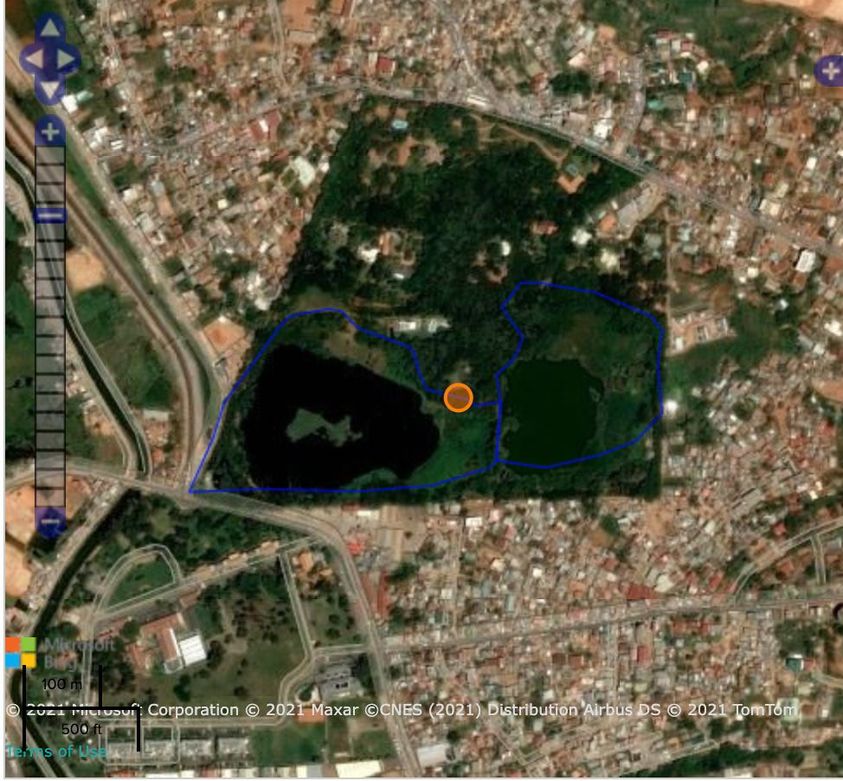
______________________________________
See how a marvelous landscape has become this immense rice field
This plain located to the west of Antananarivo
Neither low nor high, but one level
lkopa is there for its fertility
For the easy transport of its rice
What will become of us if the field does not produce,
If there is no Betsimitatatra?
(…) The Monarchy set up an entire organization responsible for the maintenance and operation of the works: in the plain of Betsimitatatra alone, four hundred men, “the supervisors of the water intakes”, exempted from military service and other services, were Dike guardians: if it broke, they blew into sea shells and lit fires to call for help. They were ordered to plant Persian lilac on all the islands formed in the rivers by the influx of sand, so as to quickly obtain the poles and stakes necessary to block the waterways. water. The riverside village communities were responsible for providing the teams to carry out the repair work: their charters made it compulsory for individuals to participate under penalty of fines. Finally, stipulations fixed in in detail the rights to use the water: it was necessary to prevent the irrigation system, a collective work, from ceasing to function in the interest of all: “I will not tolerate,” said King Andrianampoinimerina, that “You who were arguing over waters, which should be shared among you. Water should circulate freely and I expressly forbid that it diverts from its natural course”
– The Plains of Tananarive, Hildebert Isnard, 1955
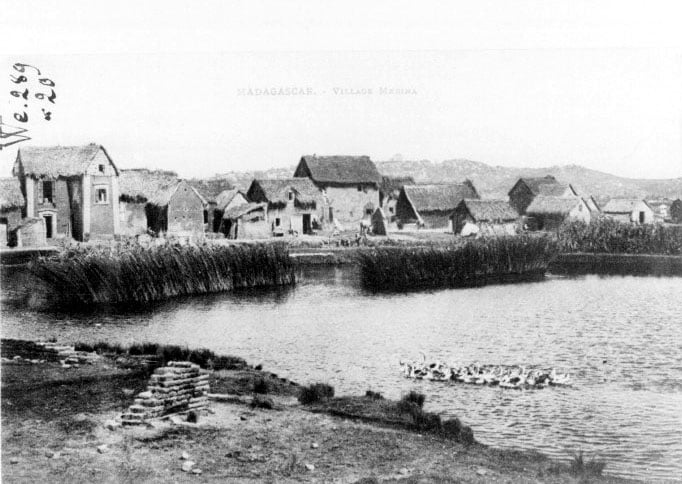
______________________________________
Herana or Cyperus latifolius Encycl. 7: 268 (1806)occurs from sea-level up to 2100 m altitude in swampy locations, often on the drier margins of Cyperus papyrus L. swamps, in ditches along roads, and along streams. It is a weed in rice fields and pasture land. This species is accepted, and its native range is Tropical & S. Africa, W. Indian Ocean. is widely distributed in tropical Africa, including Madagascar, and also occurs in South Africa and Swaziland. is one of the species planted in a wetland near Nairobi (Kenya), constructed to treat waste water. In Madagascar unspecified pant parts are used in the preparations of a black dye. In traditional medicine Uganda the root is used in the treatment of tuberculosis and related ailments. In Madagascar its stems are used for weaving baskets, after the pith has been removed.

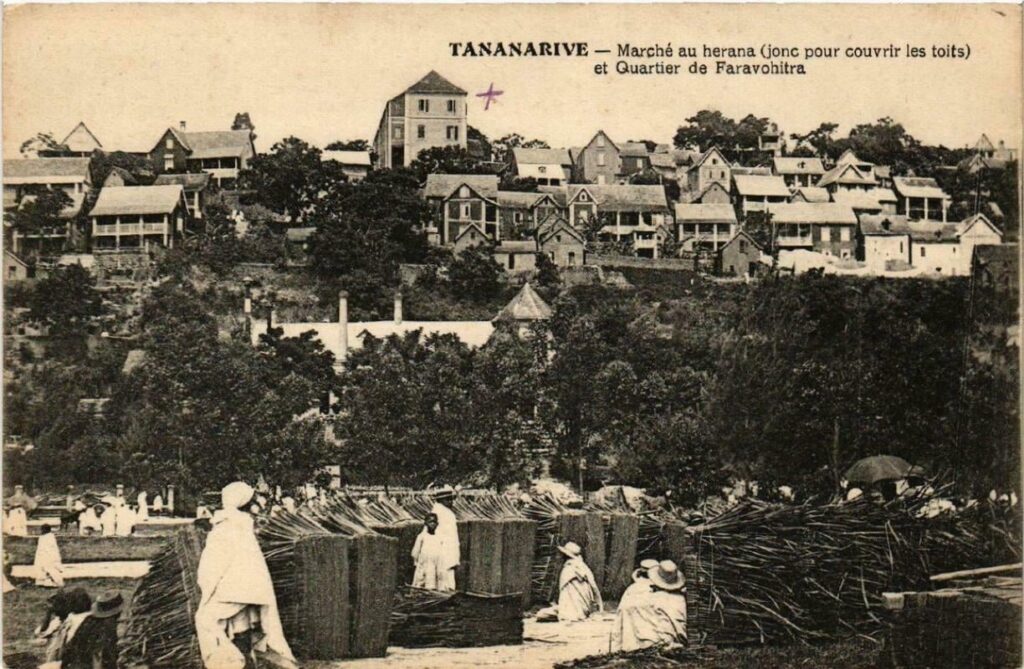
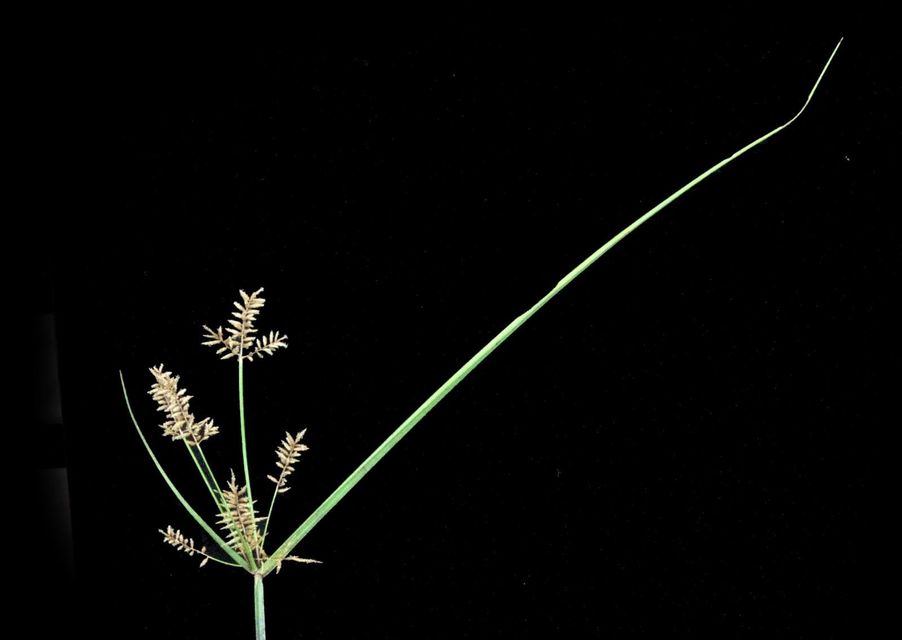
______________________________________
The main idea of the FCL Tana project is to propose designs for this agro-urban flood-food landscape. Our intention is to construct designs that integrate flood management while keeping key benefits that city dwellers get from their ecosystem and even enhance over time the delivery of such services by the design of blue-green infrastructures (i.e. infrastructures based on green spaces and water flows to cope with floods).
To do so, we will mobilize the capacities of 3D point cloud models to visualize and discuss blue-green design proposals as well as testing their performance with simulations to tune the designs in feedback loops. A collaborative multi-disciplinary team composed of hydrologists, ecologists, geographers, and agronomists will test the designs made by landscape architects.
https://fcl-tana.ethz.ch/index_en.php?page=project_en
https://www.facebook.com/Future-Cities-Lab-Global-Tana-109081241259594/?ref=page_internal
Merci Nicolas Salliou
https://irl.ethz.ch/people/person-detail.MjQ3Nzg3.TGlzdC8xNzM4LC0xMzk1OTgzMDM3.html
______________________________________
Teo Betsimitatatra dia zozoro sy herana sy kirihitrala no naniry teny.- Tantaran’ny Andriana
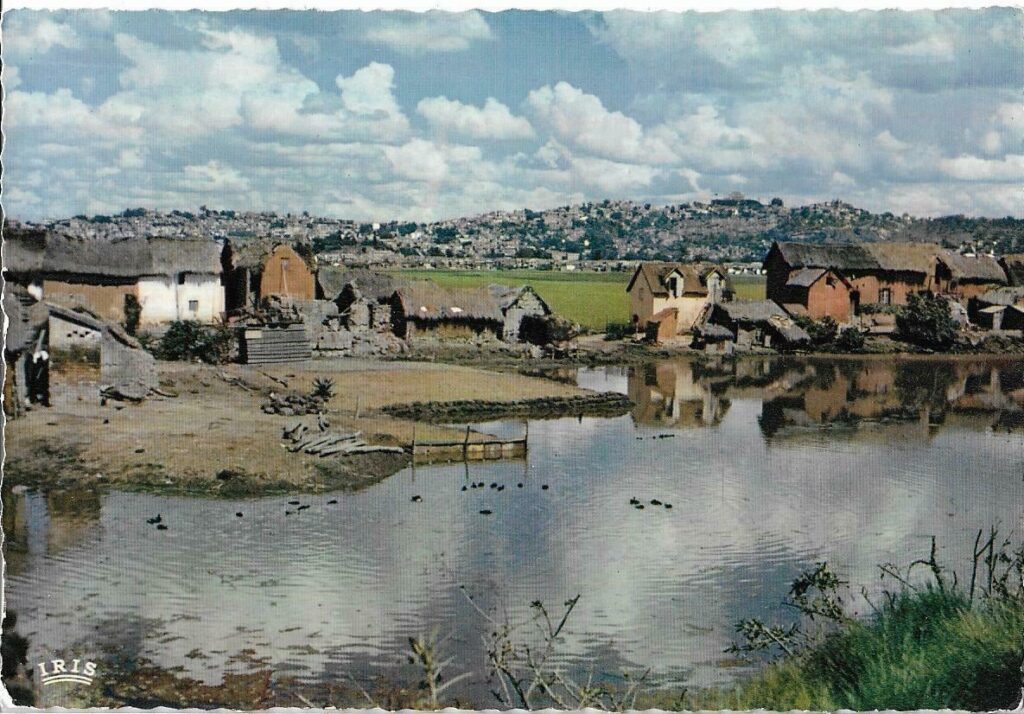
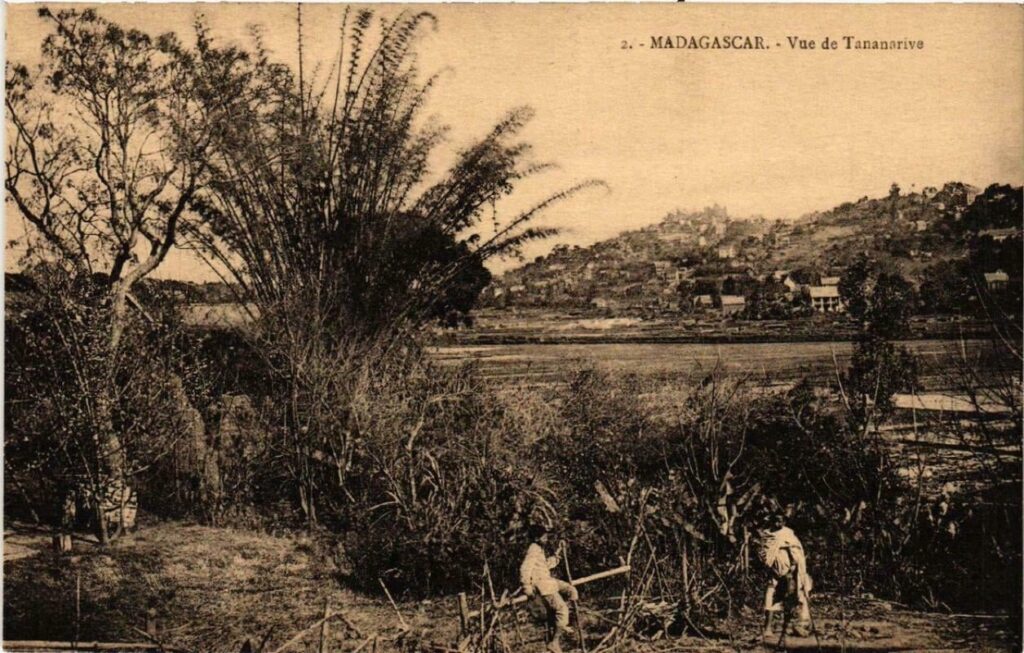
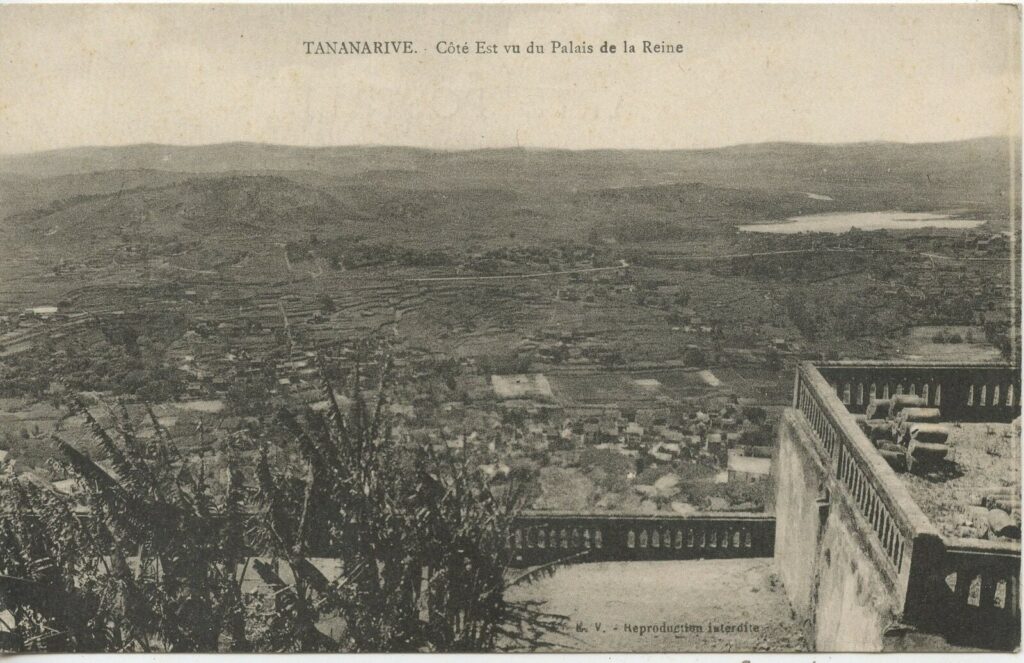
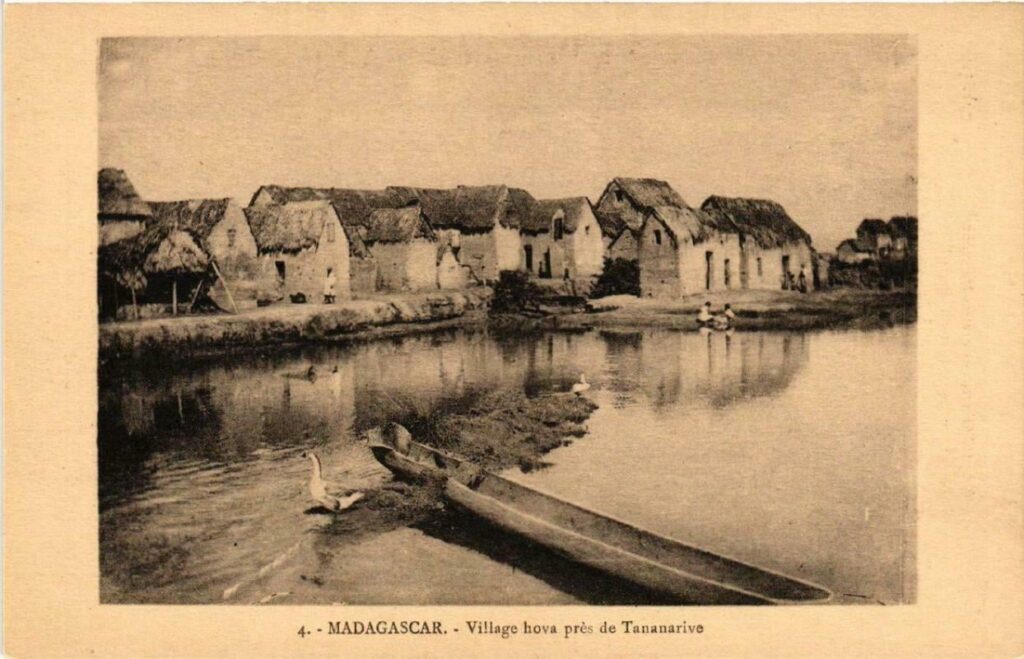
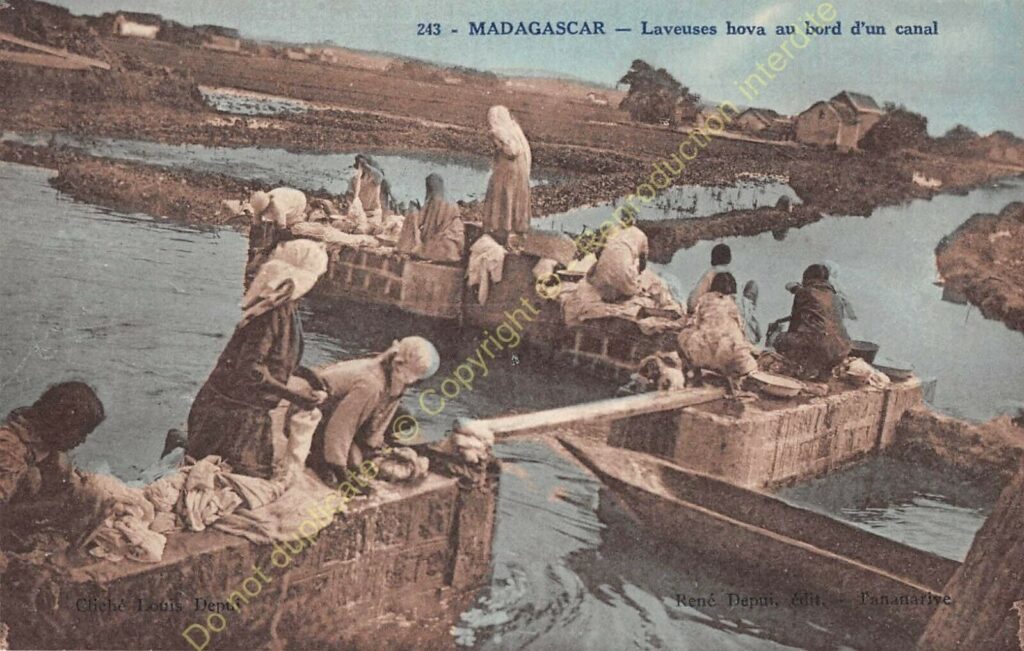
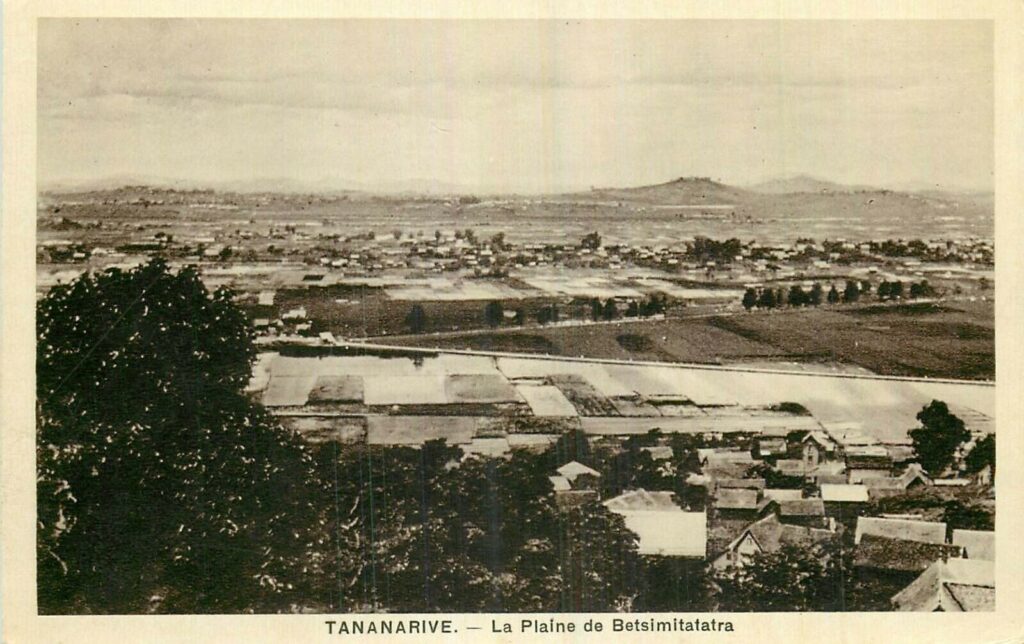
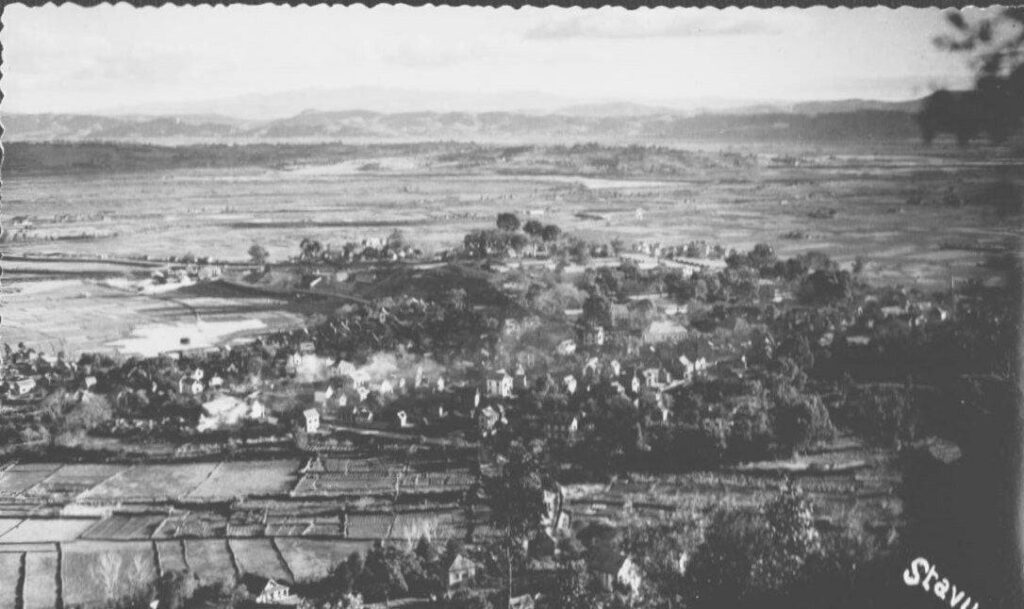

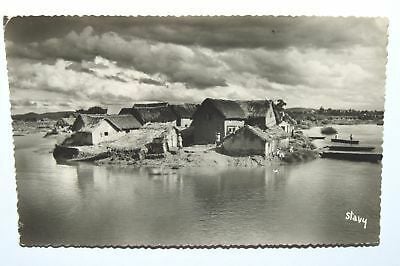
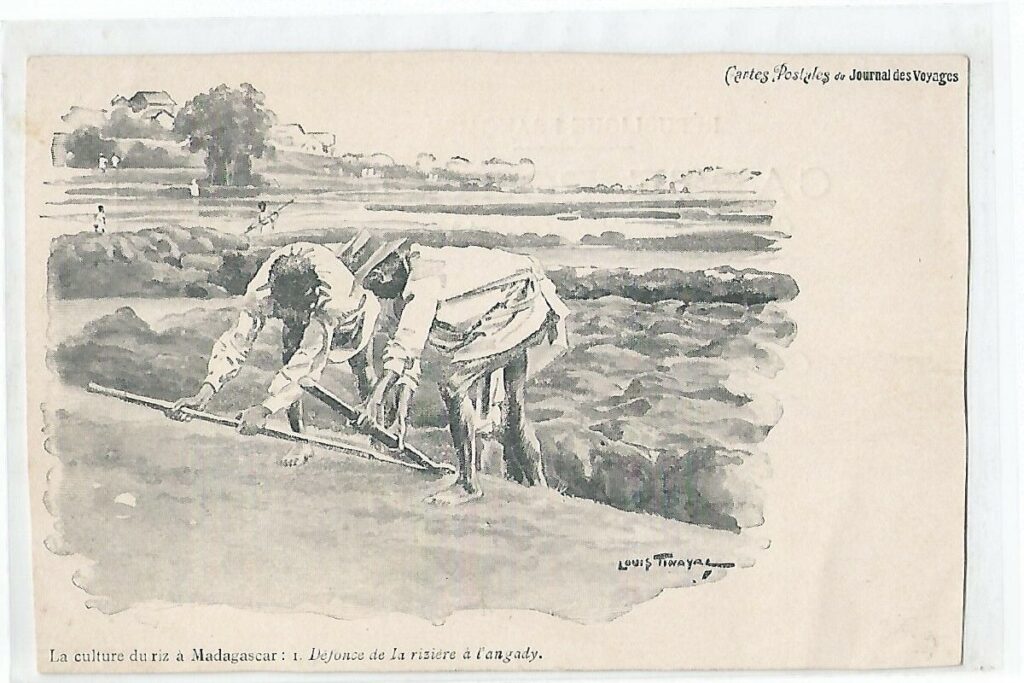
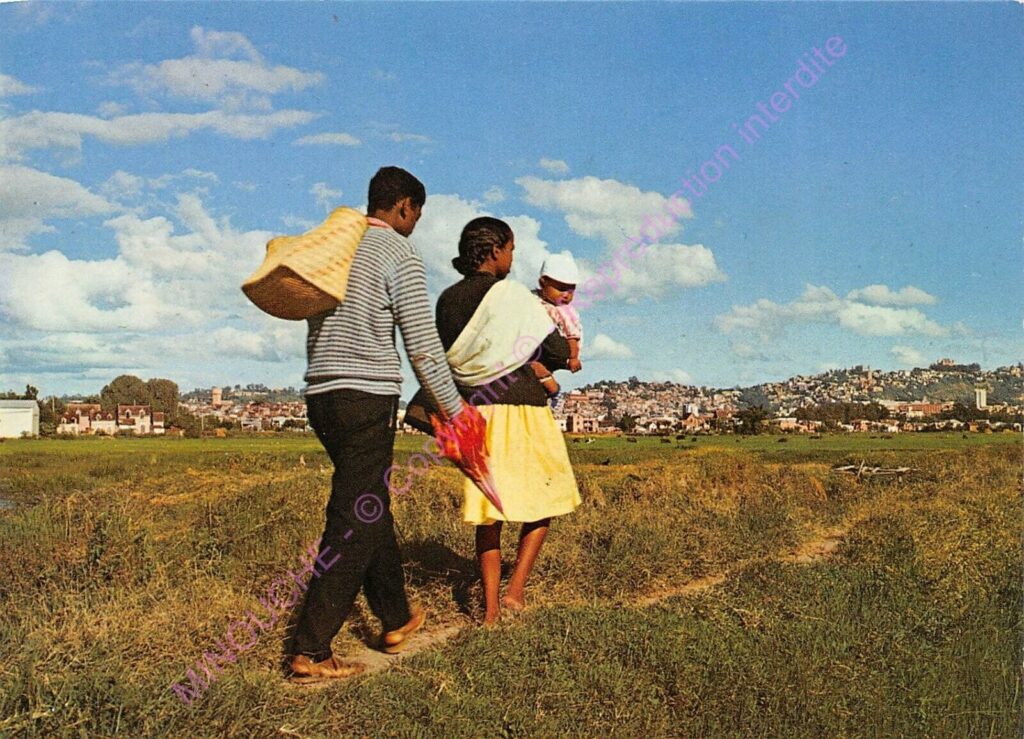
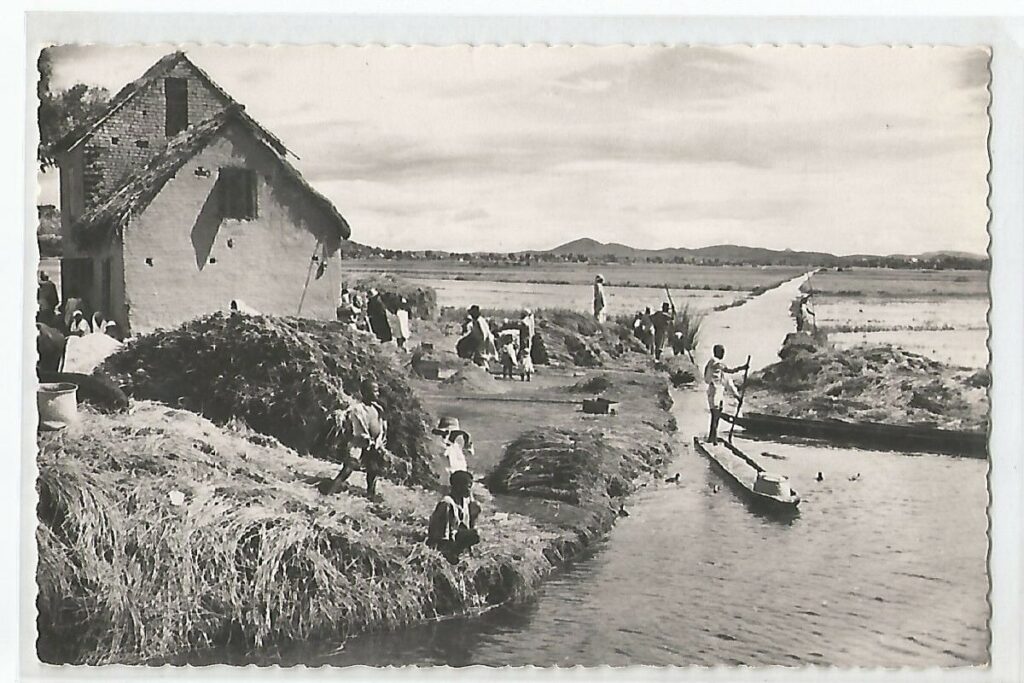
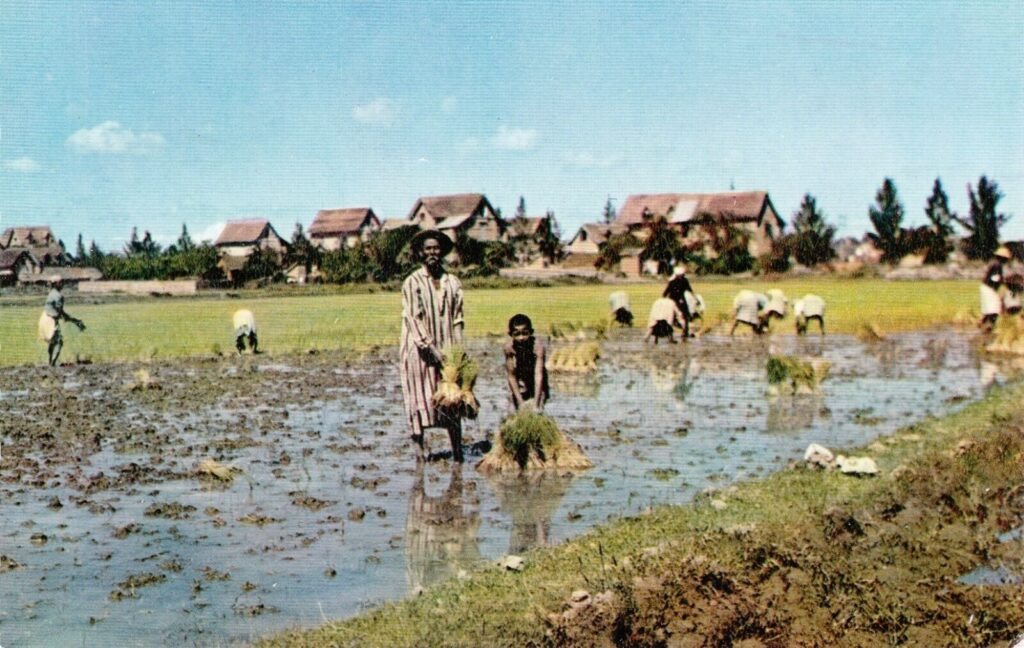
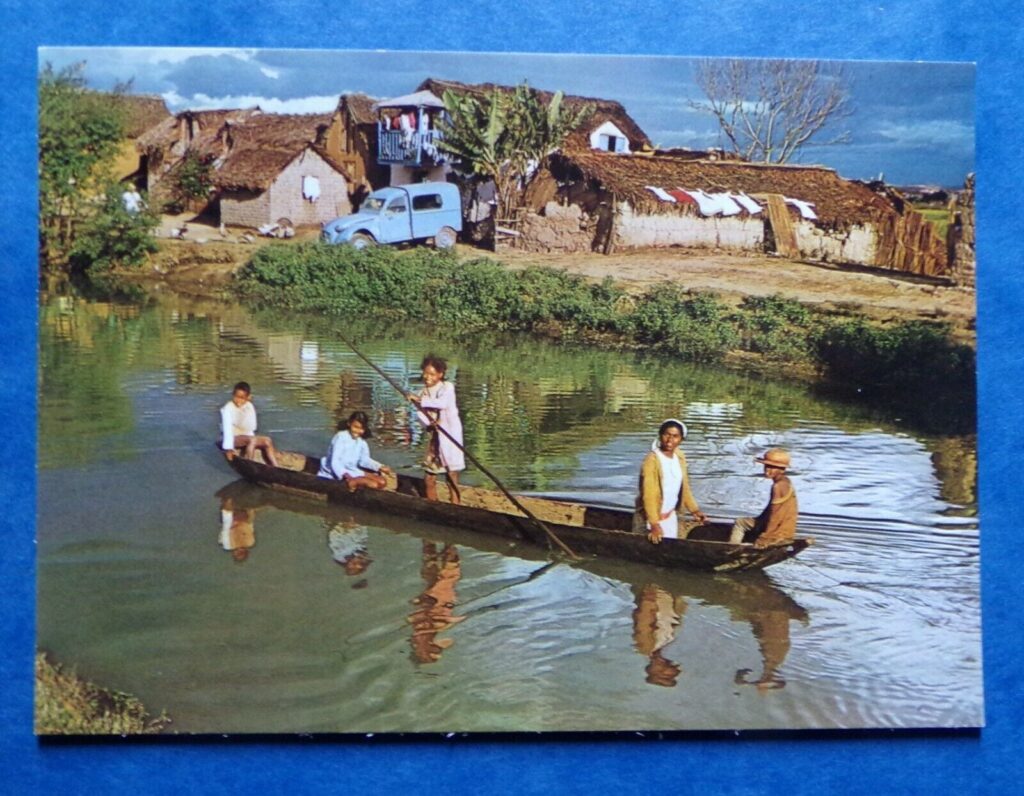
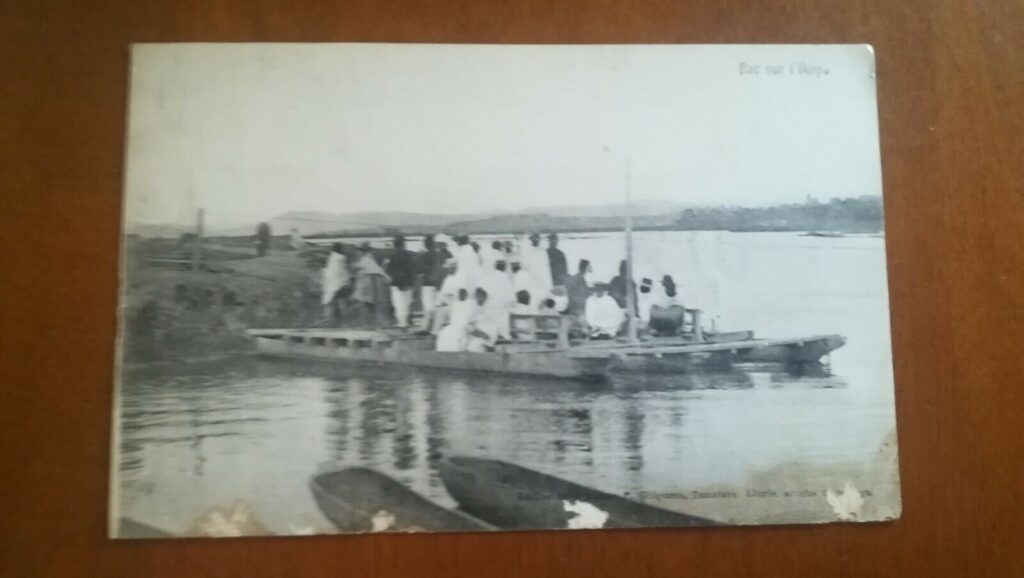
______________________________________
China
(…) Prof Yu advocates relinquishing this land and avoiding construction in low-lying areas. “You cannot fight the water, you have to let it go,” he says.”Right now we have a disconnect… but the thinking is that we have to find our way back to seeing ourselves as a part of nature.””Nobody would drown, not even in the monsoon season. We just lived with the water. We adapted to the water when the floods came,” he says.
The man turning cities into giant sponges to embrace floods

_________
Articles de presse :
22 Janvier 2022 Le remblayage sauvage à Antananarivo et environs formellement interdit https://www.madagascar-tribune.com/Le-remblayage-sauvage-a-Antananarivo-et-environs-formellement-interdit.html 14 avril 2021 Remblaiements à Antananarivo – Reprise autorisée des travaux si…
https://laverite.mg/societe/item/13263-remblaiements-%C3%A0-antananarivo-reprise-autoris%C3%A9e-des-travaux%20si%E2%80%A6.html
4 février 2020 Suspension des autorisations de remblais https://www.madagascar-tribune.com/Suspension-des-autorisations-de-remblais.html 1 août 2019 En finir avec les inondations à Tanà : Haro sur les remblais, de nouvelles infrastructures opérationnelles
En finir avec les inondations à Tanà : Haro sur les remblais, de nouvelles infrastructures opérationnelles
25 Juillet 2018 Antananarivo: Les travaux de remblai de nouveau autorisés : https://newsmada.com/2018/07/25/antananarivo-les-travaux-de-remblai-de-nouveau-autorises/ 29 novembre 2016 CUA : Seule autorité habilitée à délivrer les permis de construire https://mcmparis.wordpress.com/2016/11/29/cua-antananarivo-les-constructions-sans-permis-seront-demolies/
10 octobre 2015 Les remblais interdits à Antananarivo
Les remblais interdits à Antananarivo
_____________
Textes :
DECRET N°2019-1543 Portant régulation de l’exécution des travaux de remblaiement dans les zones d’intervention de l’APIPA en application de la loi n°2015-052 du 03 février 2016 relative à l’Urbanisme et à l’Habitat “Chapitre IV Dispositions diverses et finales Article 15: Sauf dérogation spéciale et écrite accordée par la Commission de Remblai, tout transport de matériaux pour remblaiement est interdit dans l’agglomération du Grand Antananarivo durant la période du 1er décembre finissante au 15 avril de la nouvelle année.”
https://www.facebook.com/permalink.php?story_fbid=118638033396088&id=101113121815246
ARRÊTÉ MUNICIPAL n° 112-CUA/CAB 2.0 du 24 Janvier 2020 Portant sur la suspension de la délivrance de l’autorisation de remblai et de déblai dans la circonscription de la Commune Urbain d’Antananarivo Article 1 La délivrance de l’autorisation de remblai et de déblai dans la circonscription de la Commune Urbain d’Antananarivo est suspendue
ARRÊTÉ MUNICIPAL n° 001- CUA /CAB. 15 du 07 octobre 2015 “Suspension de tous les travaux de remblaiement et de déblaiement, ainsi que tout transport de remblai et de déblai dans la Circonscription de la Commune Urbaine d’Antananarivo. Tous travaux de remblai, même ceux ayant obtenu une autorisation, doivent être suspendus. Par ailleurs, aucune autorisation de remblai ne sera plus octroyée par la CUA ».
LOI n° 2015- 052 relative à l’Urbanisme et à l’Habitat
Article 223.-Sont passibles d’une amende dont le montant est équivalent au double du prix de la construction, du remblai et/ou du déblai, les bénéficiaires des travaux effectués au mépris des obligations imposées, par les règlements en vigueur, ou par le permis de construire et/ou de lotir délivré, sans préjudice de l’obligation de démolition et de remise à l’état initial du terrain aux frais du contrevenant.
Article 229.-Sans préjudice de l’application des peines plus fortes prévues par le Code pénal, est passible des sanctions prévues à l’article 223 de la présente loi : 1. quiconque a construit, remblayé ou déblayé dans des zones interdites à tous travaux d’aménagement ; 2. quiconque a construit, remblayé ou déblayé dans des zones dites constructibles sans en avoir obtenu une autorisation. Constituent des infractions en matière de réglementation de remblai et de déblai : – le remblaiement et le déblaiement sans autorisation ; – la construction sur remblai et déblai sans autorisation ; – la délivrance de permis non conforme à la procédure en vigueur ; – le non respect des plans approuvés et des prescriptions techniques dans l’exécution de remblais autorisés. –
ARRETE MINISTÉRIEL N° 9526/2003 du 19 juin 2003 Portant application du décret n°2002-979 réorientant l’Autorité pour la protection contre les inondations de la plaine d’Antananarivo. Article premier.
Tous travaux de remblaient ou de construction sur remblai de la plaine comprise dans le périmètre du Grand Tana : -Commune Urbaine d’Antananarivo-Renivohitra ; -Fivondronampokontany d’Ambohidratrimo comprenant les Communes de : Ambohitrimanjaka, Antehiroka, Ivato Aéroport, Ivato Firaisana, Talatamaty, Ambohidratrimo, Iarinarivo, Ampangabe; -Fivondronampokontany d’Antananarivo-Avaradrano, comprenant les Communes de : Alasora, Ambohimanambola, Ambohimangakely, Ankadikely Ilafy, Sabotsy Namehana, Masindray ; -Fivondronampokontany d’Antananarivo-Atsimondrano comprenant les Communes de : Ampitatafika, Ambohidrapeto ,Andoharanofotsy, Andranonahoatra, Ankaraobato, Bemasoandro, Itaosy, Soalandy, Tanjombato, Fenoarivo, Sont soumis à autorisation délivrée par la Commune après “avis favorable” de la Commission technique visée à l’article 02 infra.
http://extwprlegs1.fao.org/docs/pdf/mad44396.pdf



